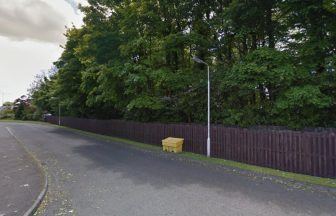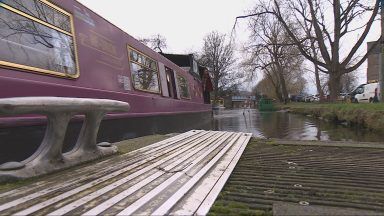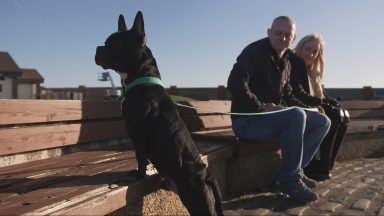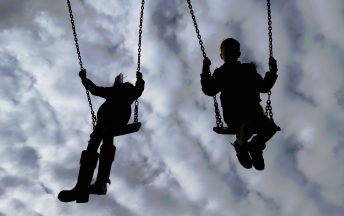Multiple warnings have been issued as temperatures soar across Scotland.
The warmer conditions come after days of heavy rain and thunderstorms across the country, however, the Scottish Environment Protection Agency (SEPA) has warned Scots not to be complacent about water usage.
The watchdog previously warned of the chance of water scarcity in March after an “exceptionally dry” spring, which was the second driest in more than 100 years.
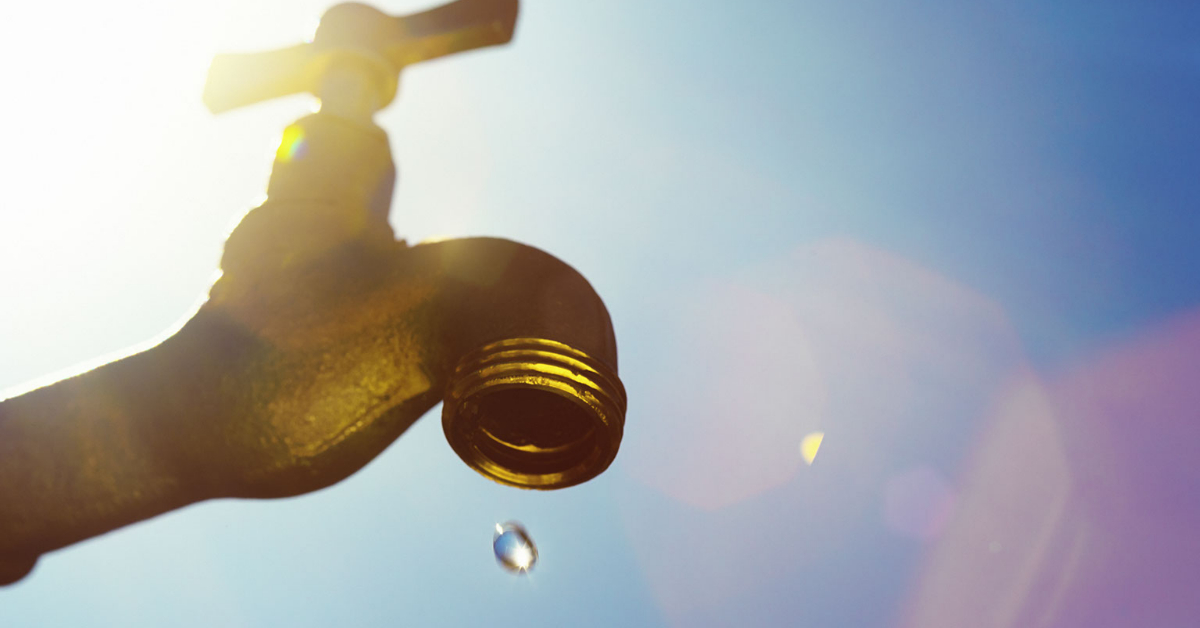 iStock
iStockThis dry season was broken up by heavy rain and thunderstorms. But SEPA said large parts of Scotland remain at some level of water scarcity despite the wet conditions.
The organisation said rainfall in late May and early June brought localised relief, but it has not reversed the underlying dry conditions.
Eight river catchments, including the Spey, Deveron, Ythan, Don, Dee, Esk, Firth of Tay and Tyne remain at “moderate scarcity”.
Seven additional catchments – Wick, Helmsdale, Naver, Findhorn, Forth, Almond, and Tweed – are also on alert.
Claire Tunaley, senior hydrologist for the water Resources Unit at SEPA, said it won’t take a heatwave for river levels to fall again.
She said: “Rivers entered summer already stressed after months of below average rainfall, and the kind of brief periods of rain we can get over the summer often don’t soak in properly or evenly enough to reverse that.
“Less water in rivers means warmer temperatures, lower oxygen, and shrinking channels, all of which increase pressure on fish, aquatic life, and habitats,” she said.
Eilidh Johnston, SEPA’s senior manager for water industry and rural economy, said people shouldn’t wait until “crisis point” to act.
“Many abstractors have already been planning ahead and taking steps to use water efficiently, especially in areas of alert and moderate scarcity,” she added.
Many Scots are likely to flock to the coast to enjoy the nice weather, and with the increase in beachgoers, the chances of people getting into danger increase.
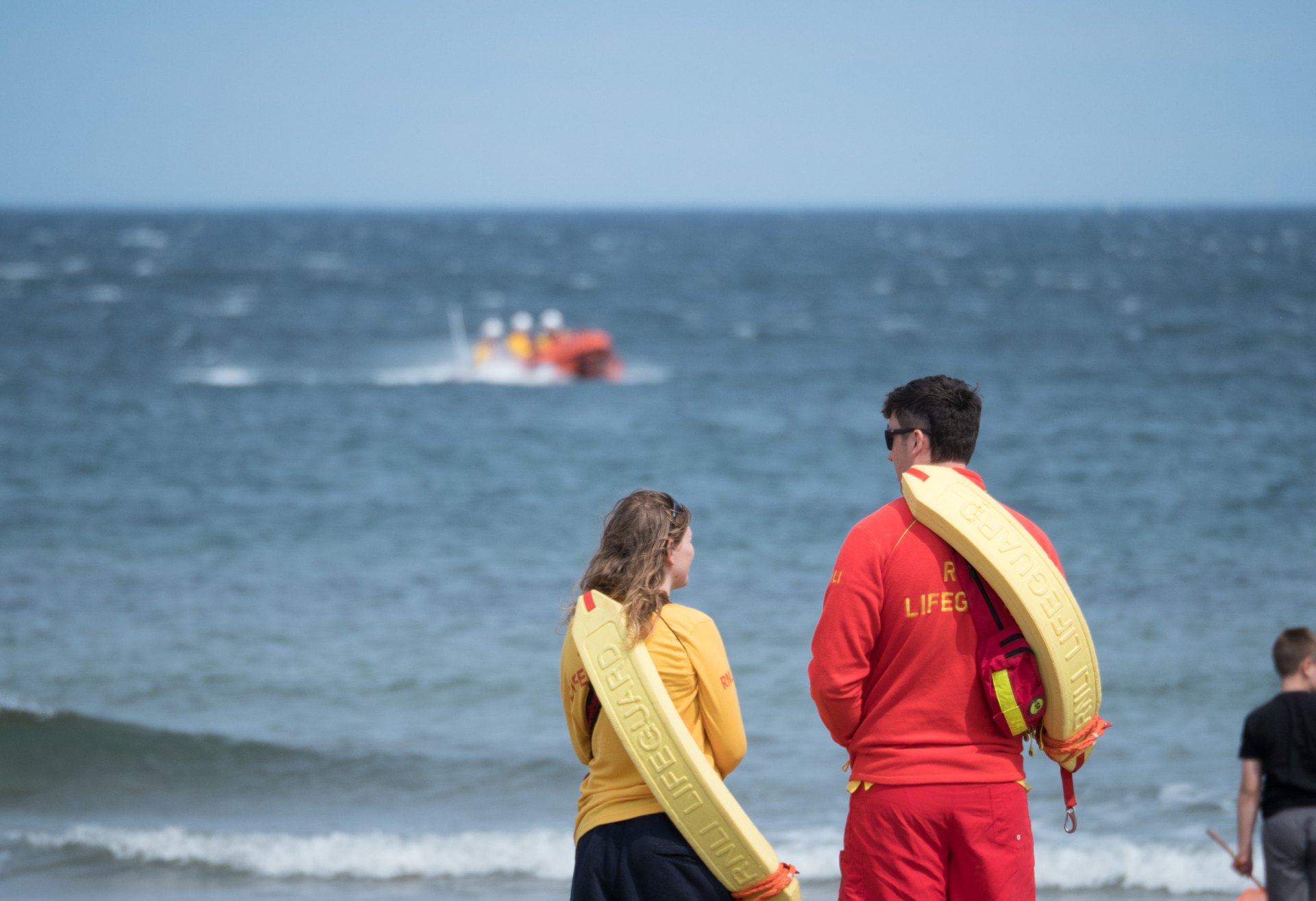 RNLI
RNLIThe RNLI is urging people to stay safe when visiting Scottish beaches and has deployed lifeguards to patrol eight east coast beaches this weekend.
Michael Avril, water safety lead for the RNLI in Scotland, said that although air temperatures may feel warm, UK sea temperatures are cold enough year-round to trigger cold-water shock.
He added: “Big waves and strong rip currents can overpower even the most confident water users.”
“These trained professionals are there to help keep everyone safe. We’d encourage anyone heading into the water to swim between the red and yellow flags, as these mark the area identified as the safest place to swim and most closely monitored by our lifeguards.”
Follow STV News on WhatsApp
Scan the QR code on your mobile device for all the latest news from around the country


 iStock
iStock










